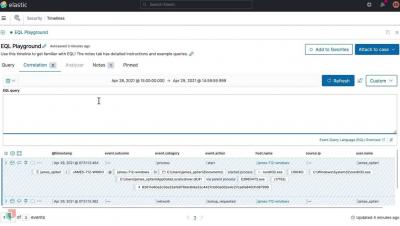How the Elastic InfoSec team uses Elastic Security
At Elastic, we internally use, test, and provide feedback on all of our products. For example, the Information Security team is helping the Product team build a stronger solution for our customers. The InfoSec team is an extremely valuable resource who acts not only as an extension of Quality Assurance/Testing, but also as a data custodian.




